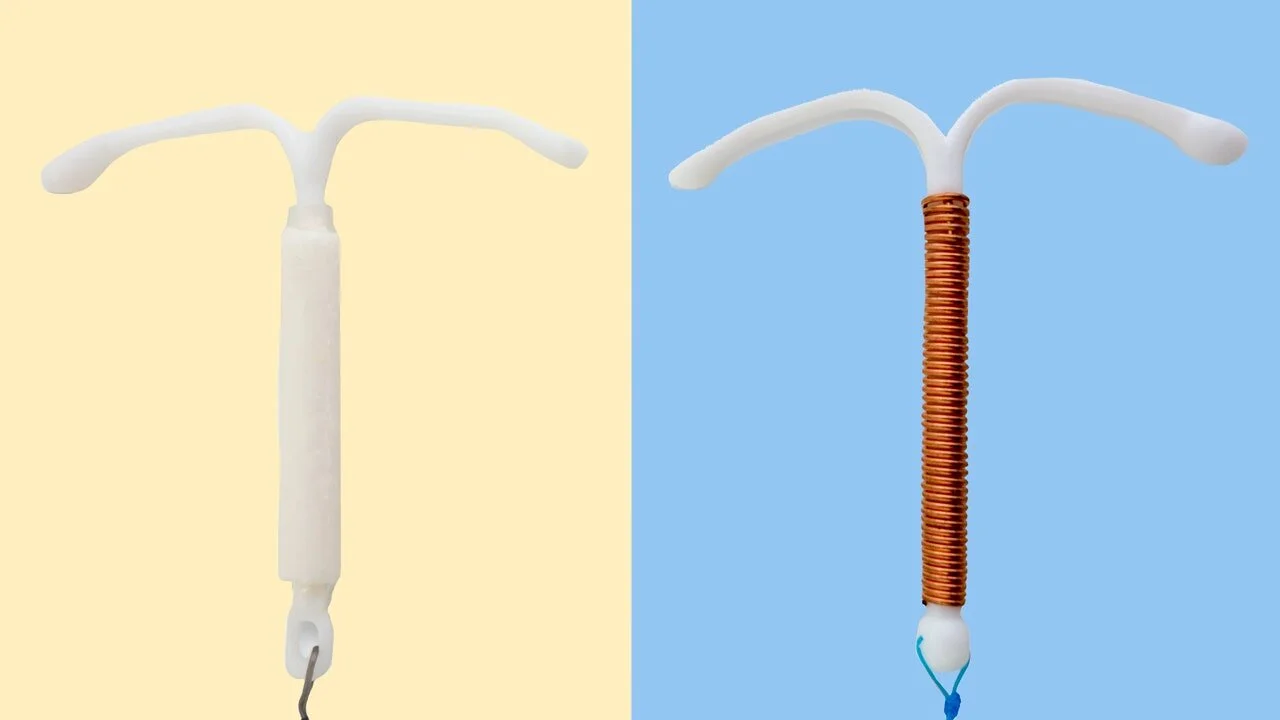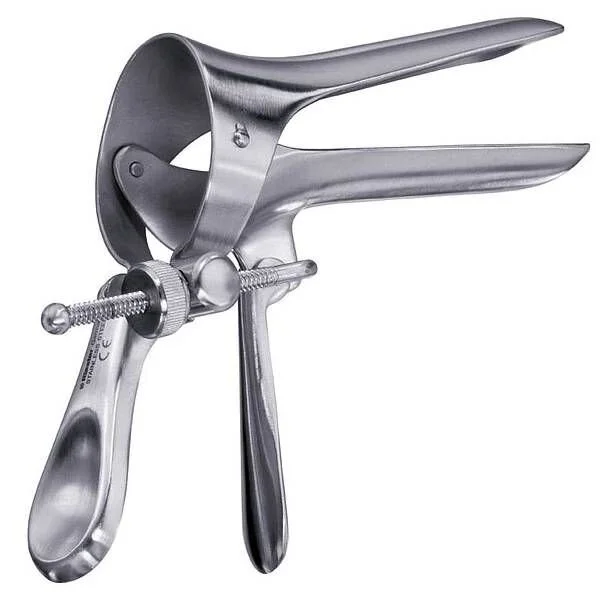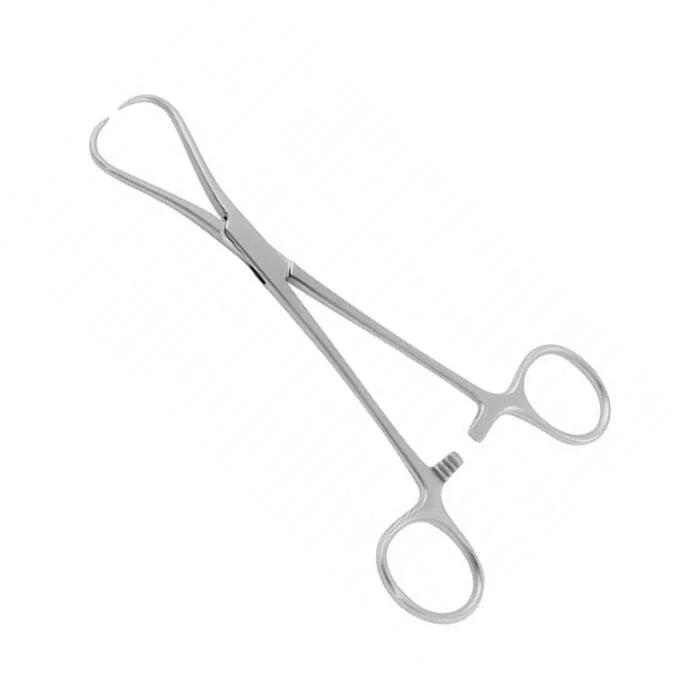The IUD (Intrauterine Device) | Info about Mirena & Copper IUDs
April 22 2021 | Written by Madi Hanaka (She/Her)
Described as worse than giving birth, IUD insertion is a procedure often dreaded & feared by many. Between the lack of education on this form of contraception and the many many horror stories of the painful insertion, it's no surprise that so many people are hesitant about undergoing this procedure. In today's blog, we dive into all things IUDs (Intrauterine Devices). What types of IUDs are there? Will the procedure hurt? What does the procedure look like? How effective are IUDs? Keep reading to learn more.
What is an Intrauterine Device?
“IUD” stands for “intrauterine device”. The IUD is a small, T-shaped plastic device that gets implanted into your uterus in order to prevent pregnancy. Depending on your needs, you can opt for a longer or shorter-lasting IUD.
Intrauterine Devices Types:
There are two types of IUDs: 1) Hormonal and 2) Non-Hormonal.
Hormonal IUDs
Hormonal IUDs release low amounts of progestin into the uterus in order to thicken cervical mucus and (sometimes) also prevent the ovaries from releasing eggs. With thicker mucus in the uterus, the sperm has a more difficult time navigating to the egg, thereby preventing pregnancy.
Non-Hormonal Copper IUDs
Non-hormonal IUDs are made with copper which - interestingly enough - is a material that sperm does not mesh with. Copper IUDs alter the environment of the uterus, and therefore inhibit sperm from swimming towards the egg. For a closer look at non-hormonal IUDs, check out our latest blog post.
Hormonal Intrauterine Device Brands:
Non-hormonal Intrauterine Device Brands:
-
Paragard Copper IUD: Lasts up to 10 years
How Much do IUDs Cost?
Copper IUDs are much cheaper than hormonal IUDs with the cost averaging around $60. Hormonal IUDs can cost up to $400, however, much of this cost may be covered depending on your private healthcare insurance. Alternatively, If you have OHIP coverage and are under 24 years old, you can get a hormonal IUD at zero cost! Do note that these prices are based on Canadian research and will vary depending on where you live and your insurance plan. If you have specific questions about pricing options, reach out to your family doctor for more information, or, Planned Parenthood is another great resource!
Intrauterine Device Effectiveness:
Both hormonal and non-hormonal IUDs are over 99% effective in preventing pregnancy. However, IUDs do not protect you against sexually transmitted infections/diseases.
Intrauterine Device Side Effects:
Like oral contraceptives, IUDs can also cause mild to severe side-effects depending on the individual. Most often, IUDs contribute to lighter, shorter periods, and sometimes even stop menstruation entirely.
Some of most common side effects are:
-
Spotting
-
Increased or decreased cramping
-
Heavier or lighter periods
-
Longer or shorter periods
-
Irregular periods
Keep in mind that many side effects can affect people in different ways and your experience may be totally different from someone else's!
Is IUD Insertion Painful?
We’re not going to sugarcoat this: while everyone’s experience will differ, for most people IUD insertion is quite painful. From start to finish the process itself is fairly short, only about five minutes. However, when you are experiencing extreme discomfort, of course, this may feel like a long time. This pain will likely feel like intense cramping or sometimes pinching, but once the device is inserted, it will subside.
How to Insert an Intrauterine Device:
-
Like a pelvic examination or pap smear, first a speculum is inserted into the vagina in order to give your doctor a clear view of the cervix.
2. Next, your doctor will clean the cervix with an antiseptic solution. This part shouldn’t be painful, it just might feel a bit strange.
3. After the cervix has been cleaned, the doctor will stabilize the cervix with tenaculum. This may cause you to feel a pinching sensation or general discomfort.
4. Before the IUD is inserted, the doctor will insert a uterine sound. This tool is used to measure the depth of your uterus.
5. Now it’s time for the actual device to be inserted. This is likely where you will feel the most cramping and pain/discomfort… but don’t worry, it shouldn’t last very long! With the IUD attached to an insertion rod, the doctor will slide the device through the cervix and place it inside the uterus. They will then slowly remove the insertion rod after the IUD has been placed, and once that is removed, they will also remove the tenaculum.
6. After the IUD has been inserted, the doctor may trim the strings that are attached to the IUD. Some doctors may even suggest that post-insertion you feel for the strings yourself to ensure that the IUD is still in place.
And there you have it! IUDs can be an amazing stress-free option for contraception, and many people are switching to IUDs over other forms of birth control. However, what may work for some people, may not work for you. As always, talk to your doctor about what is the best option for you!





